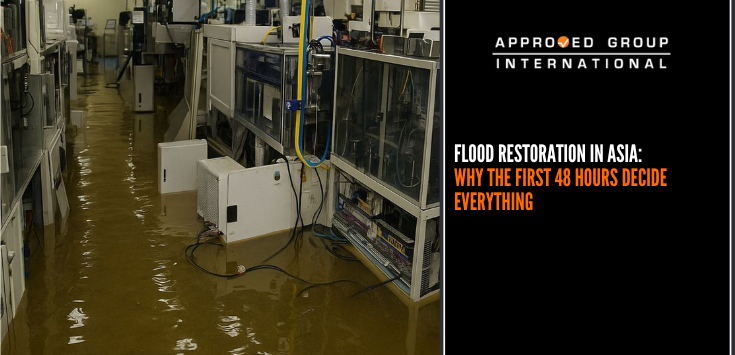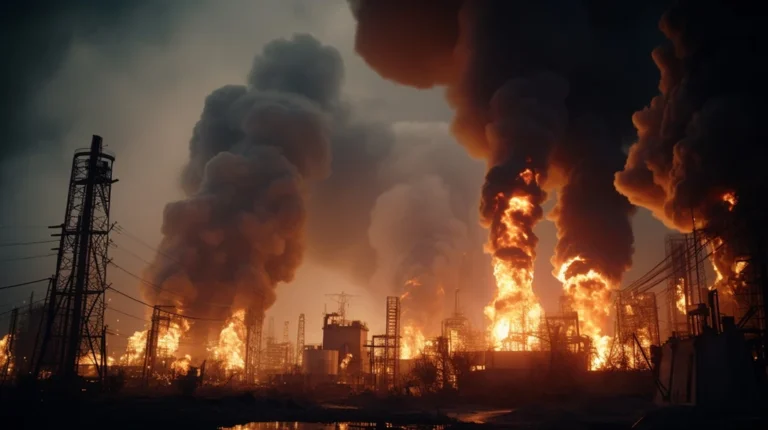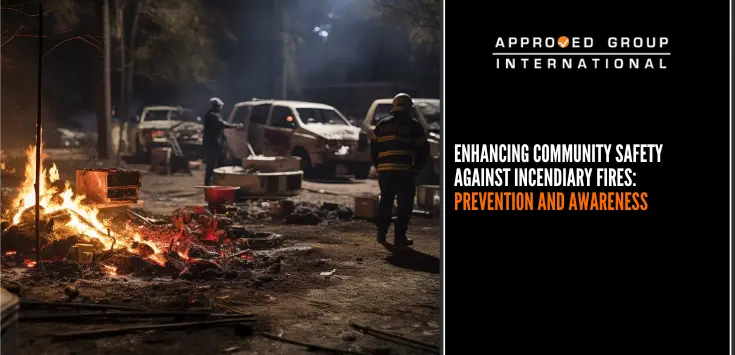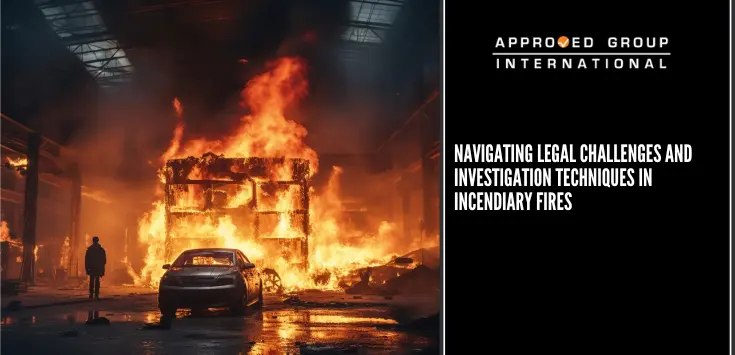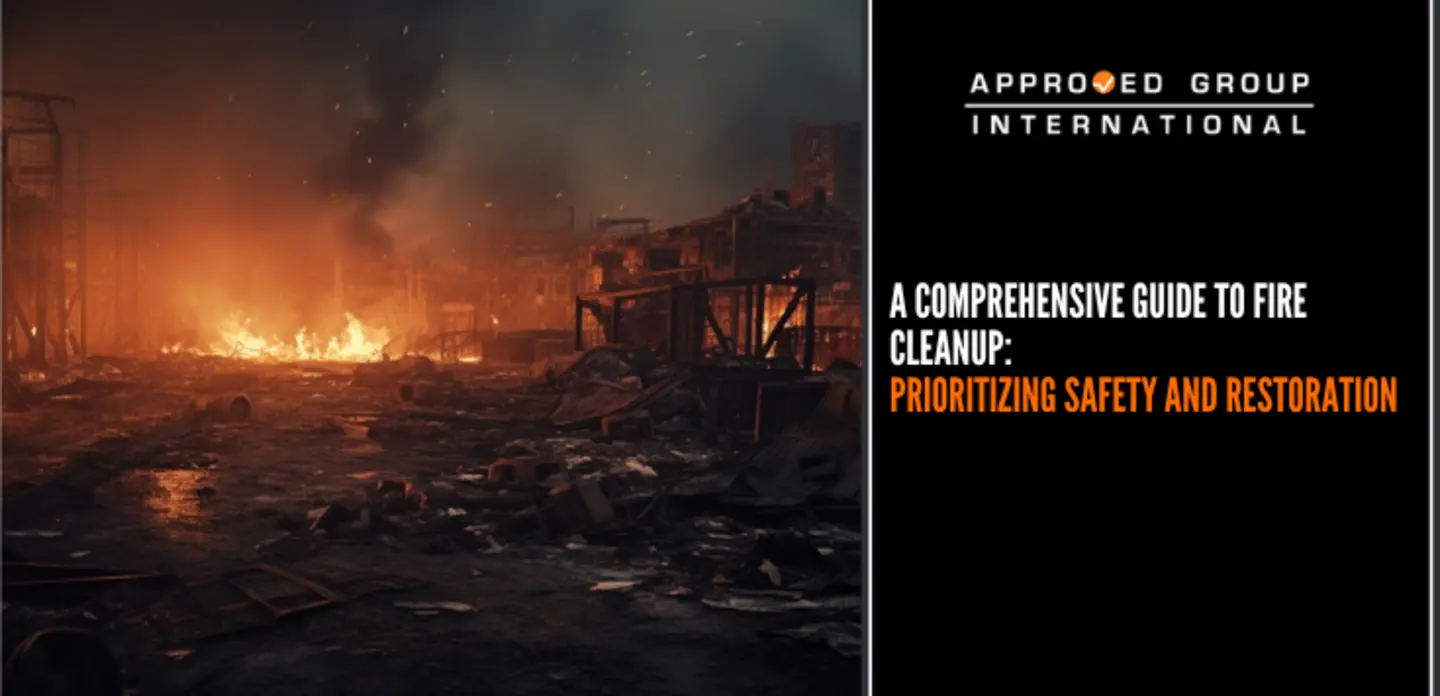By John Horswell
Persistence of ignitable liquid residues at fire scenes can challenge the most experienced fire investigator. The recovery of Ignitable liquid residue requires knowledge, experience, skill and a certain amount of luck. John has recently presented a paper titled “Fire Debris Collection for Instrumental Analysis” at “The Evidence Conference”, delivered in Washington DC and this article aims to provide a summary of his paper.Locating ignitable liquid residues is determined by a number of factors such as the time elapsed prior to sampling, the location of the sample taken relative to the point of origin of the fire, the type of material sampled, the amount of fire suppression activity, the level of destruction of the scene and finally, the heat of the fire.It is a necessity to bear in mind that flammable and combustible liquids evaporate when exposed to heat and air, burn readily and only ignitable liquid protected from intense heat or air in an atmosphere with insufficient oxygen will survive. It is also interesting to know that liquids will protect the surface carrying it until the liquid is vaporized away then charring will occur. The unburnt areas around and beneath the char may very well contain ignitable liquid residues.Needless to say that the location at which the sample is taken plays a vital role. It is preferable to take the sample at the point of the fire origin. This point is determined by the interpretation of the fire patterns, analysis of the physics and chemistry of fire initiation and the severity of damage at different locations within the fire scene. An experienced fire investigator will perceive a deliberately lit fire the moment he steps in a fire scene. It is the presence of an ignitable liquid smell, multiple unconnected points of fire origins, pour patterns, trailers and multiple indications of deep burning that will alert the investigators.An Investigator’s knowledge is focussed on which materials to select for taking a sample. Porous materials with high surface areas such as charcoal, char, soot, paper and cardboard are preferred for fire debris samples. Samples from inside seams, tears, cracks, floor drains and cooler areas of the fire scenes are preferable. Burnt charcoaled wood is the most ideal debris for collection.During the collection process, sufficient awareness should be given to sources of cross-contamination. Latex gloves should be worn and gloves should be changed between each sample. The usage of clean, suitable and unused containers and collection tools should not be compromised.JTNDZGl2JTIwY2xhc3MlM0QlMjJhZ2ktaWNvbi1saXN0JTIyJTNFJTBBJTIwJTIwJTIwJTIwJTNDaSUyMGNsYXNzJTNEJTIyZmElMjBmYS1jYXJldC1yaWdodCUyMGZhLWxnJTIwZmEtbGclMjIlM0UlM0MlMkZpJTNFJTBBJTIwJTIwJTIwJTIwJTNDcCUzRTEwMCUyMG1sJTIwbmV3JTIwY2xlYW4lMjB1bmxpbmVkJTIwbWV0YWwlMjB0aW4lM0MlMkZwJTNFJTBBJTNDJTJGZGl2JTNFJTBBJTNDZGl2JTIwY2xhc3MlM0QlMjJhZ2ktaWNvbi1saXN0JTIyJTNFJTBBJTIwJTIwJTIwJTIwJTNDaSUyMGNsYXNzJTNEJTIyZmElMjBmYS1jYXJldC1yaWdodCUyMGZhLWxnJTIwZmEtbGclMjIlM0UlM0MlMkZpJTNFJTBBJTIwJTIwJTIwJTIwJTNDcCUzRU5ldyUyMGxhdGV4JTIwR2xvdmVzJTIwJTI4Zm9yJTIwZWFjaCUyMHNhbXBsZSUyOSUzQyUyRnAlM0UlMEElM0MlMkZkaXYlM0UlMEElM0NkaXYlMjBjbGFzcyUzRCUyMmFnaS1pY29uLWxpc3QlMjIlM0UlMEElMjAlMjAlMjAlMjAlM0NpJTIwY2xhc3MlM0QlMjJmYSUyMGZhLWNhcmV0LXJpZ2h0JTIwZmEtbGclMjBmYS1sZyUyMiUzRSUzQyUyRmklM0UlMEElMjAlMjAlMjAlMjAlM0NwJTNFUHJlJTIwLXdyaXR0ZW4lMjBsYWJlbCUyMCUzQyUyRnAlM0UlMEElM0MlMkZkaXYlM0UlMEElM0NkaXYlMjBjbGFzcyUzRCUyMmFnaS1pY29uLWxpc3QlMjIlM0UlMEElMjAlMjAlMjAlMjAlM0NpJTIwY2xhc3MlM0QlMjJmYSUyMGZhLWNhcmV0LXJpZ2h0JTIwZmEtbGclMjBmYS1sZyUyMiUzRSUzQyUyRmklM0UlMEElMjAlMjAlMjAlMjAlM0NwJTNFQ2hhaW4lMjBvZiUyMEN1c3RvZHklMjBGb3JtJTNDJTJGcCUzRSUwQSUzQyUyRmRpdiUzRSUwQSUzQ2RpdiUyMGNsYXNzJTNEJTIyYWdpLWljb24tbGlzdCUyMiUzRSUwQSUyMCUyMCUyMCUyMCUzQ2klMjBjbGFzcyUzRCUyMmZhJTIwZmEtY2FyZXQtcmlnaHQlMjBmYS1sZyUyMGZhLWxnJTIyJTNFJTNDJTJGaSUzRSUwQSUyMCUyMCUyMCUyMCUzQ3AlM0VDYW1lcmElMjB0byUyMFBob3RvZ3JhcGglMjBTYW1wbGVzJTIwaW4tc2l0dSUzQyUyRnAlM0UlMEElM0MlMkZkaXYlM0U=
- Write details on label
- Put on latex gloves
- Remove lid
- Using lid to scrape debris into empty metal tin
- Replace lid tightly
- Place on ground near where sample was taken and photograph with sequential number
- Repeat and collect a duplicate sample for retention


